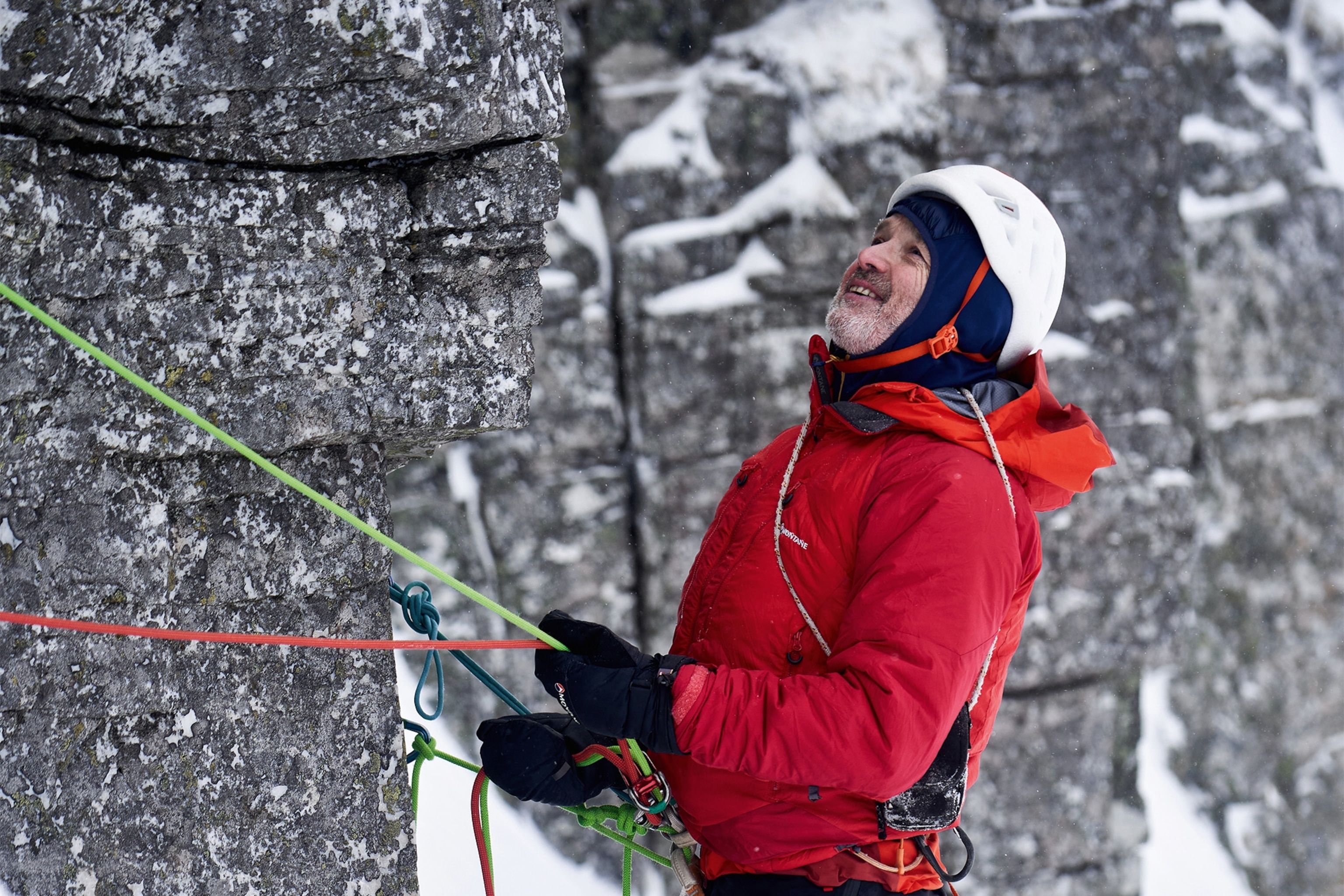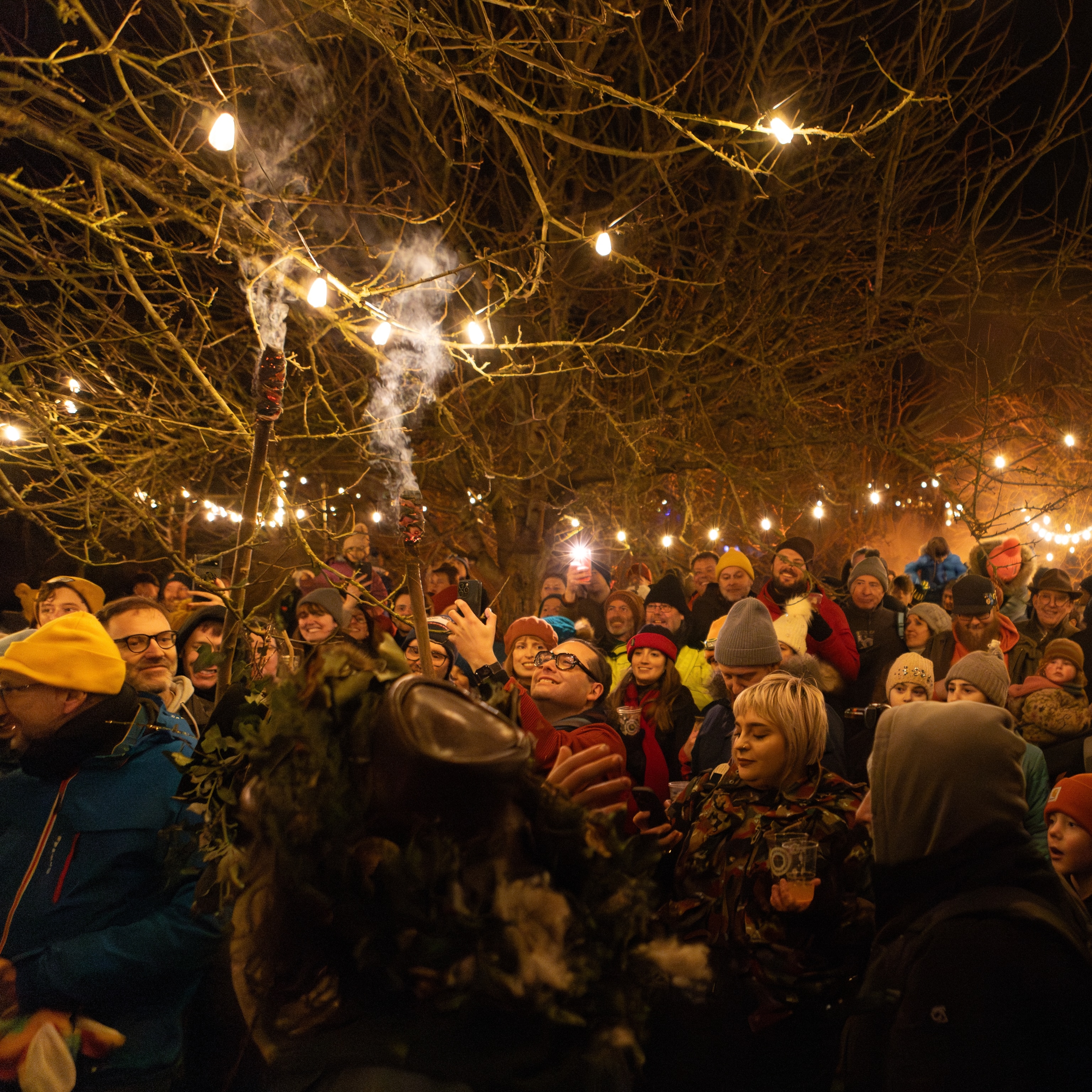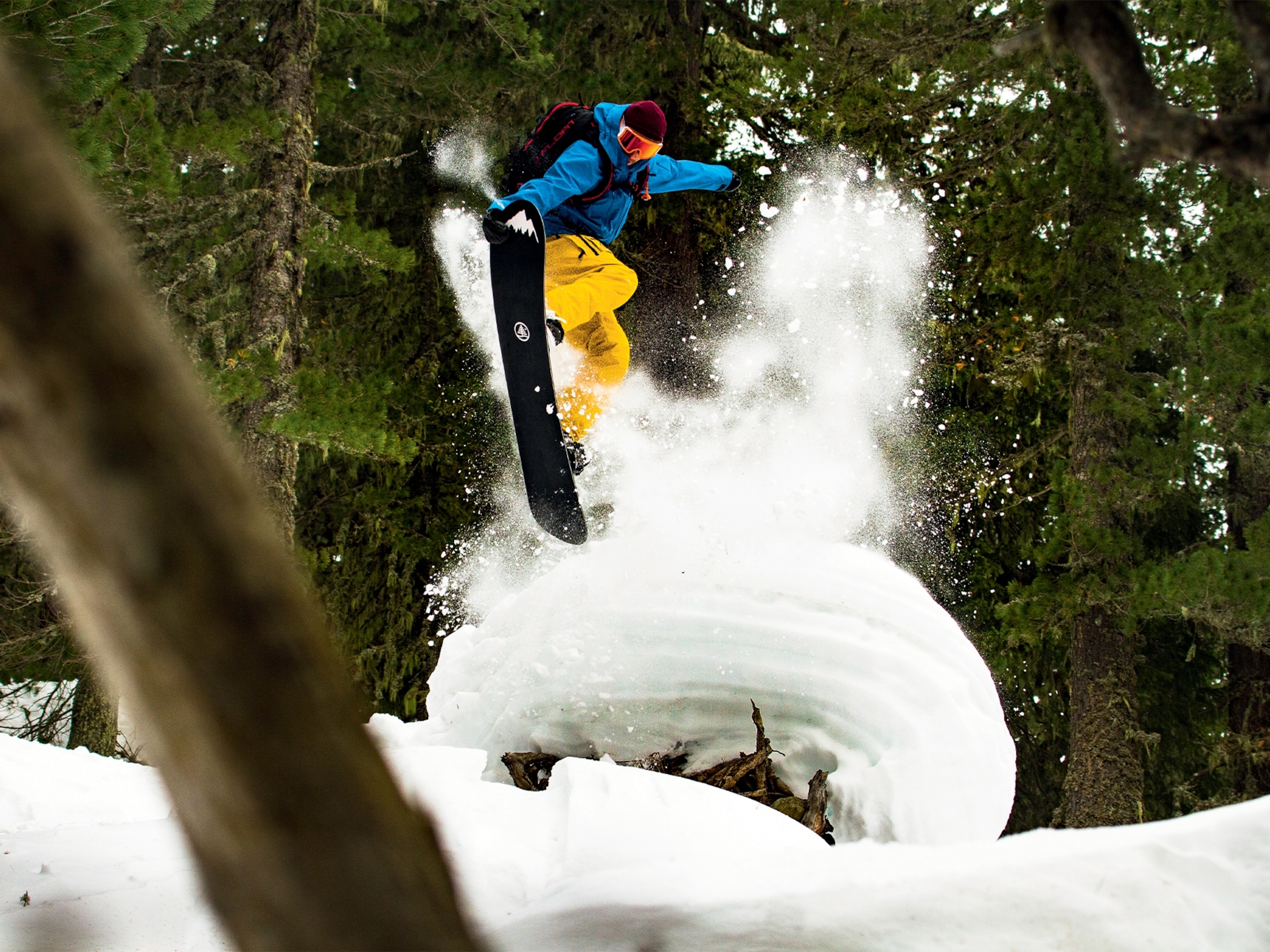
Meet the British mountaineer chasing small adventures after a life-changing stroke
British mountaineer and stroke survivor Malcolm Bass discusses climbing in Alaska, his recovery and how punk inspired his early expeditions.
When did your thirst for adventure begin?
Adventure has been with me my whole life. I spent my earliest years on the island nation of Fiji, where my parents, who were themselves very adventurous people, were working at the time. They once recalled seeing me wandering out into the shallow ocean, lost in my own private quest. Me being a toddler, this was obviously quite alarming for them, and even when we returned to England, the only way they could stop me from putting myself in danger was to quite literally tie me to a rope. Had they not, I would have been off scrambling up some rock face.
What attracted you to mountaineering?
I’d always dreamt of climbing big, snowy mountains, but with the highest peaks in distant countries, I took up the forms of adventure that were available to me. I grew up hiking across the North Yorkshire Moors before getting into caving at university. In the UK, many caves still haven’t been surveyed, so I had the opportunity to explore completely unmapped terrain, which then gave me the confidence to go out and find new climbing routes in the Scottish mountains.
It was the punk era and I was highly influenced by the idea that you could just go out, learn three chords and release a single — it made me realise that I didn’t need anyone’s permission. After learning to climb a Scottish Grade 5 — a difficult route involving vertical ice — I went straight to the Himalayas. I didn’t want to spend my whole life waiting.
What would you say has been your most challenging moment as a climber
Probably my first lead up a piece of vertical ice — a climb called The Pumpkin in the Scottish Highlands. It was very early in my career, and not only did I have no idea what I was doing, but I’d also managed to bring completely inadequate equipment, my bendy boots and outdated, straight-shafted ice axes being the worst offenders. When leading, you have place screws in the wall and clip into them as you go up, while the belayer controls the safety rope. I had some ice screws on my harness but no way of hammering them in, so I just sort of pressed them into the melting ice in a rather pathetic way and shouted down to my companion that I was stuck. I pressed on and eventually made it to a section where the ice had completely melted away, allowing me to put in stable screws and belay my friend, but it was touch and go for a while.
What about your most euphoric moment?
Many years later, my friend Paul Figg and I had made it to the summit of Alaska’s Mount Hunter [Begguya in the language of the native Dena’ina people] using a new route on the east face, the base of which we’d reached via ski plane. Because of a lack of airspace, the plane couldn’t come back to pick us up, so we were forced to descend over the west side knowing there wasn’t a safe route down. When we finally made it back, we were ecstatic — not only because we were alive, but because we’d stashed loads of food back at base camp. For days, we’d been eating soup from plastic sachets, but we knew we’d soon be tucking into bagels, eggs and smoked salmon. The prospect of gluttony was incredibly euphoric.
What would you say are the three key features of a successful expedition?
The first is getting a good team together: people who are kind, interesting, trustworthy and prepared to share their vulnerabilities. It's also useful to have objectives beyond just reaching the summit. That might be the experience of being in an untouched environment, being with friends or just escaping the noise and stresses of everyday life. You also need to conserve your mental energy. Enthusiasm is sustainable over the long term, but in the short term it’s a very finite resource and you need to save it for critical moments.
In August 2020 you experienced a severe stroke. How has your life changed since then?
My life has changed in every conceivable way, as has the life of my wonderful wife Donna, who sacrificed her career as a triathlete to look after me. Before the stroke, we’d go on long bike rides every weekend. I’d go climbing three times a week, waking up early to drive over to the Lake District with no fixed plan. I now need 24-hour care and can barely walk without a stick. Donna hasn’t been on her bike for months, and I climb maybe once or twice a year on a rock wall. Truthfully, I don’t see Himalayan climbing as being a realistic prospect for a very long time.
What advice would you give to follow stroke survivors?
A stroke is an enormous psychological trauma and will leave in its wake depression, hopelessness, anxiety and anger. Don’t be hard on yourself if you’re feeling downhearted or dispirited — those feelings are kind of inevitable and there’s a lot you can do to help. Be sure to engage fully with your rehab, for one thing, and don’t be afraid to ask for support. My other piece is advice isn’t just for stroke survivors, it’s for everyone. Every second someone is having a stroke, more brain cells are dying, so it’s vital everyone knows the F.A.S.T test, which is a mnemonic designed to help people detect the signs of a stroke and get them to hospital as quickly as possible.
Has the stroke changed your understanding of adventure?
As my strength has decreased, adventure has only moved closer to home. Things that previously seemed trivial or mundane, like walking up a steep grassy bank, now seem quite thrilling. Swimming out into the open water with Donna feels like a huge adventure, while walking 25 metres without my stick feels like making it to the end of a long trek. Then there’s my actual recovery. I'm on this strange journey and I don't know where I'll end up — that, for me, is the very definition of adventure.
To find out more about the symptoms of a stroke, see stroke.org.uk.
To subscribe to National Geographic Traveller (UK) magazine click here. (Available in select countries only).







